Typodiversity 01: exploring the Arabic script world
Day 1, Friday 3 November 2023 – 10:00 – 17:00 GMT
(GMT: UK time, EET: Lebanon time, IRST: Iran time)
| 10:00 GMT (12:00 EET, 13:30 IRST) | Registrations and welcoming remarks (live) |
| 10:30 GMT (12:30 EET, 14:00 IRST) | Finding “Alef” in the World of “Seen”; Notes from a Type Journey (recorded) Greta Khoury |
| 11:00 GMT (13:00 EET, 14:30 IRST) | What is writing beautifully today? (recorded) Karim Farah |
| 11:30 GMT (13:30 EET, 15:00 IRST) | The in-betweens of lettering (recorded) Nisrine Sarkis |
| 12:00 GMT (14:00 EET, 15:30 IRST) | Lunch break |
| 13:00 GMT (15:00 EET, 16:30 IRST) | A brief introduction to the UKK: A modified Arabic script used by Uyghur, Kazakh and Kyrgyz speakers in Xinjiang, China. (recorded) Huati Wulan |
| 13:30 GMT (15:30 EET, 17:00 IRST) | Discussion time and Q&A (live) |
| 14:00 GMT (16:00 EET, 17:30 IRST) | Short break |
| 14:45 GMT (16:45 EET, 18:15 IRST) | Looking at Arabic script metal types (live) Borna Izadpanah |
| 15:00 GMT (17:00 EET, 18:30 IRST) | Letterpress printing (live) Borna Izadpanah & Geoff Wyeth |
| 15:30 GMT (17:30 EET, 19:00 IRST) | Final discussions (live) |
| 16:30 GMT (18:30 EET, 20:00 IRST) | End of the day 1 |
Day 2 (Saturday 4 November 2023) – 10:00 – 17:00 GMT
(GMT: UK time, EET: Lebanon time, IRST: Iran time)
| 10:00 GMT (12:00 EET, 13:30 IRST) | Day 2 opening remarks (live) |
| 10:30 GMT (12:30 EET, 14:00 IRST) | The Identity of Arabic Typography on the Verge of Modernization (recorded) Maryam Kahvand |
| 11:00 GMT (13:00 EET, 14:30 IRST) | Readability vs. Readability (recorded) Damoon Khanjanzadeh |
| 11:30 GMT (13:30 EET, 15:00 IRST) | Matnsaz, A breakthrough typing technology for Urdu (recorded) Zeerak Ahmed |
| 12:00 GMT (14:00 EET, 15:30 IRST) | Lunch break |
| 13:00 GMT (15:00 EET, 16:30 IRST) | Discussion time and Q&A (live) |
| 13:45 GMT (15:45 EET, 17:15 IRST) | Short break |
| 14:00 GMT (16:00 EET, 17:30 IRST) | Printing with lithographic stones (live) Geoff Wyeth |
| 15:30 GMT (17:30 EET, 19:00 IRST) | Final discussions (live) |
| 16:30 GMT (18:30 EET, 20:00 IRST) | End of the day 2 |
Speakers
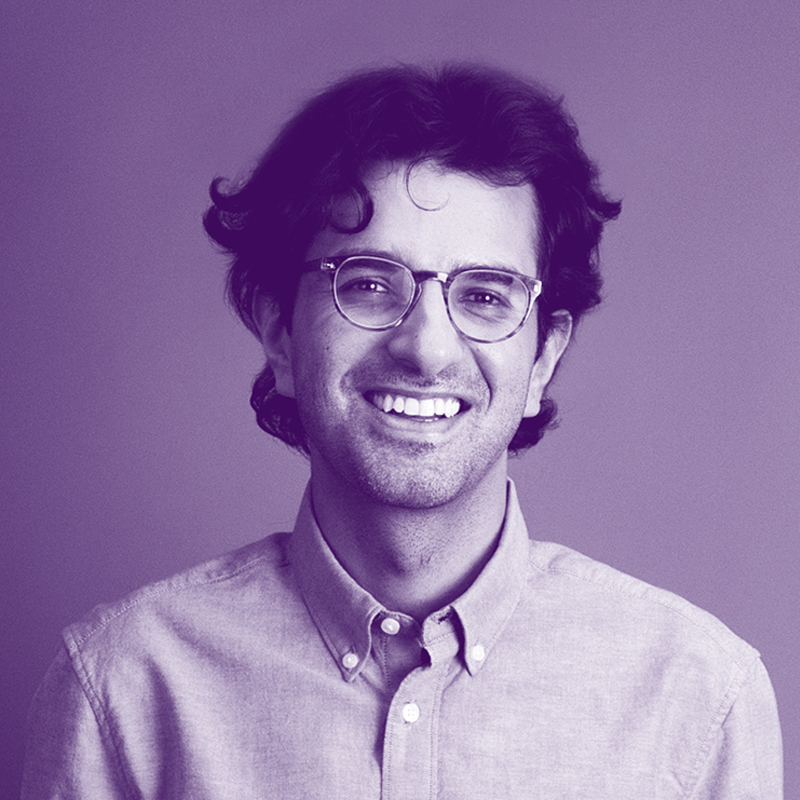
Zeerak Ahmed is a designer, engineer, and writer, who founded the Urdu technology initiative Matnsaz. With many years of experience at Amazon and Microsoft, Zeerak is a renowned design and product leader in the technology industry. He is also known for his cultural work, having been a well-read writer about Pakistani music for over a decade. Zeerak frequently lectures in design and computer science at Harvard University, and the Lahore University of Management Sciences.
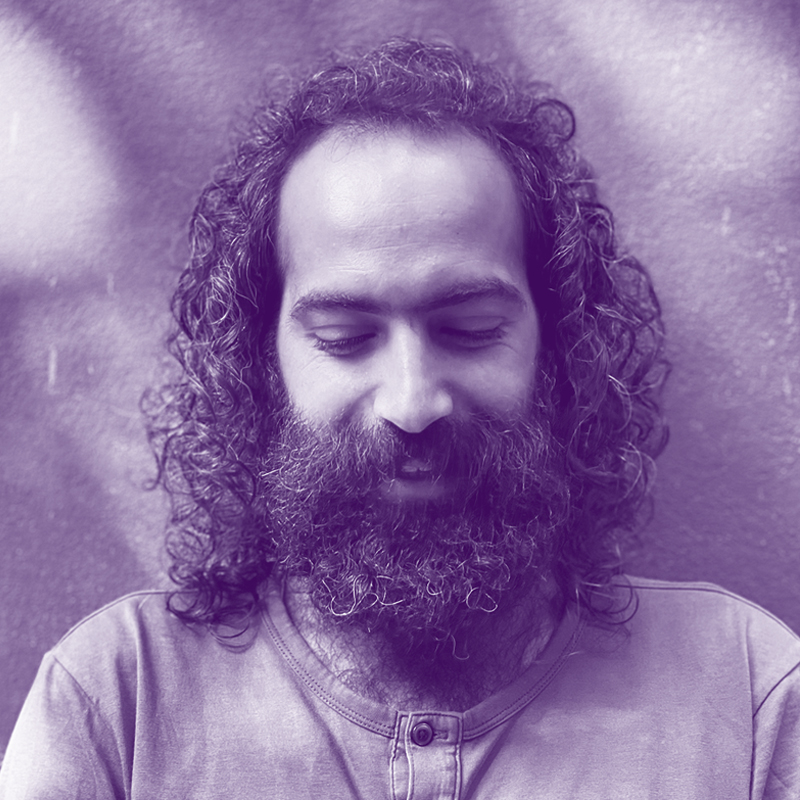
Karim Farah (b.1988) is a graphic designer based in Beirut. His work explores the potential of Arabic lettering to negotiate a change in the landscape of the written. Through a process of abstraction and deconstruction, he seeks to proffer the perception of the visuals as part of a dynamic culture in process. he currently teaches at the Department of Architecture and Design at the American University of Beirut.
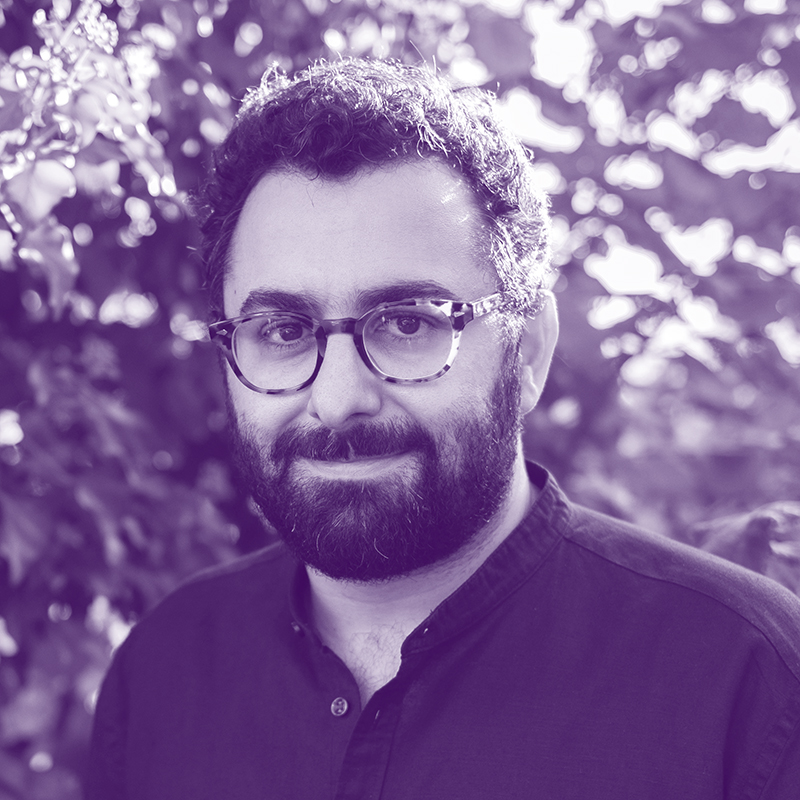
Borna Izadpanah is a Lecturer in Typography at the University of Reading, from where he was also awarded a PhD, and an MA in Typeface Design. His doctoral research explored the history of the early typographic representation of the Persian language. Borna has received numerous prestigious awards for his research and typeface design, including the Grand Prize and the First Prize for Arabic Text Typeface in the Granshan Type Design Competition, two Awards for Excellence in Type Design from the Type Directors Club, and the Symposia Iranica Prize for the best paper in Art History.

Maryam Kahvand was born in 1971 in Tehran, Iran. She completed her bachelor’s and master’s degrees in visual communication at the University of Arts in 1999. She has worked as a graphic designer and art director since 1993. She has taught at the University of Arts since 2000, where she graduated with a PhD in 2015 in Art Studies. She is a full-time associate professor of the Visual Arts faculty now, where She has been the head of the visual communication department of the University of Arts since 2016. She is also the head of the graphic design department of the Tehran Fine Arts School since 2020. She lives in Tehran and is a member of the Iranian Graphic Designers Society (IGDS) and the Institute for Humanities and Cultural Studies (IHCS). She has written many academic and professional papers on typography and Image analysis and her book on visual culture methodologies was published in 2020. Her graphic design works have been shown in solo and group exhibitions.
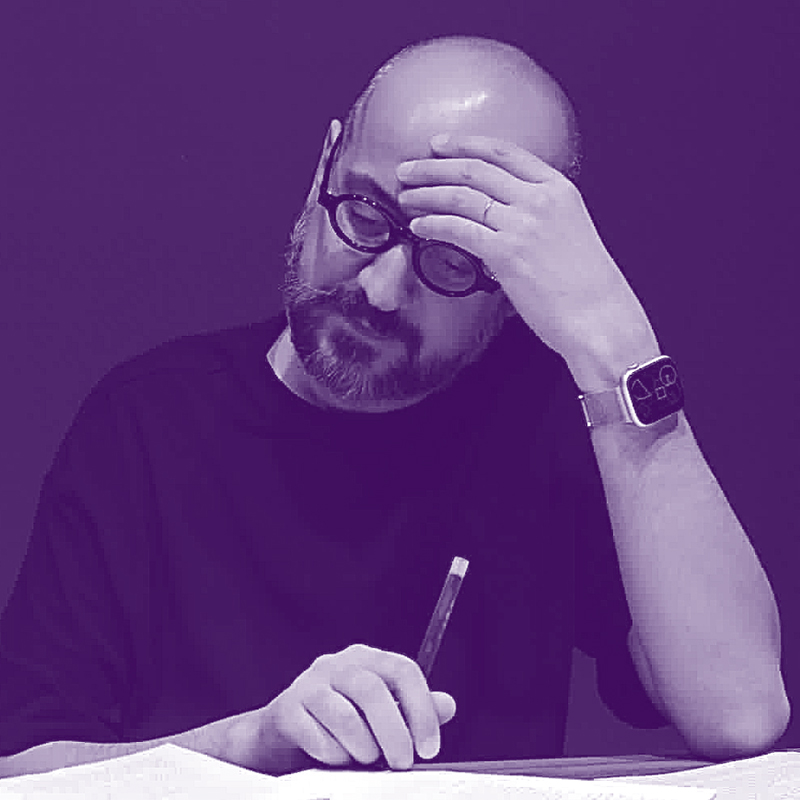
Damoon Khanjanzadeh is a leading Iranian typeface and graphic designer, painter, and calligrapher. He has received a BA in Graphic Design from Tehran University and an MA in Graphic Design from Art University in Tehran. Ha has taught graphic and type design at various Iranian universities and art schools. He is the recipient of numerous prestigious awards, including the Best Logo and Poster Prizes from the Iranian Graphic Design Biennial, the Grand Prize for the Best Calligraphic-Painting from Sharjah Calligraphy Biennial; the First Prize for Typeface Design from the Silver Cypress Biennial and Judges Choice Award from the TDC Typeface Design Competition.
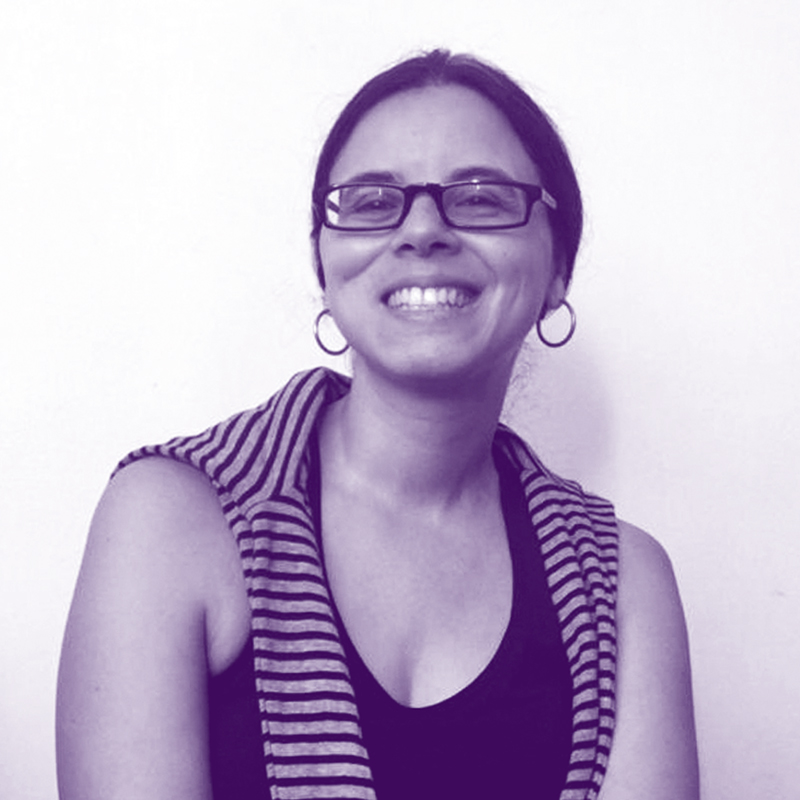
Greta Khoury is a graphic designer who has been living between Beirut, London and India. After completing her studies at the American University of Beirut, she joins AlMohtaraf studio where she discovers Arabic type design. After completing an MA at the London College of Communication, she collaborates with North Associates, Research Studio, Saffron and Turquoise among others conceiving visual identities and custom typefaces for the Middle East. While living in India, she connects again with the spiritual dimension of Arabic calligraphy. She is currently a lecturer at the American University of Beirut teaching graphic design and typography.
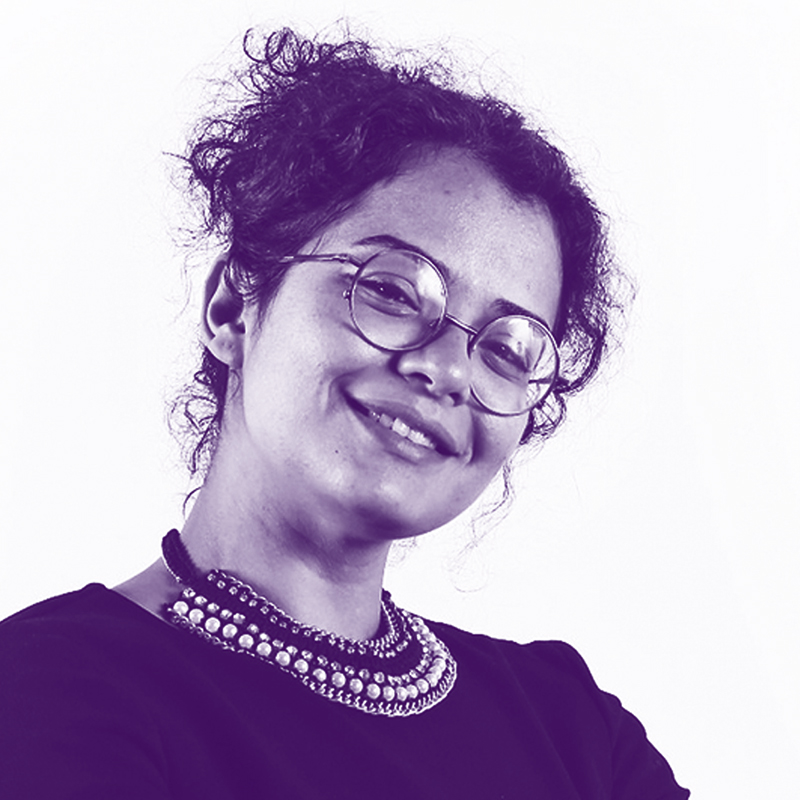
Nisrine Sarkis is a graphic designer with 15 years of experience in branding and a Typography instructor at the Lebanese American University. She’s a letterer and a type design enthusiast with a strong passion for the Arabic script.
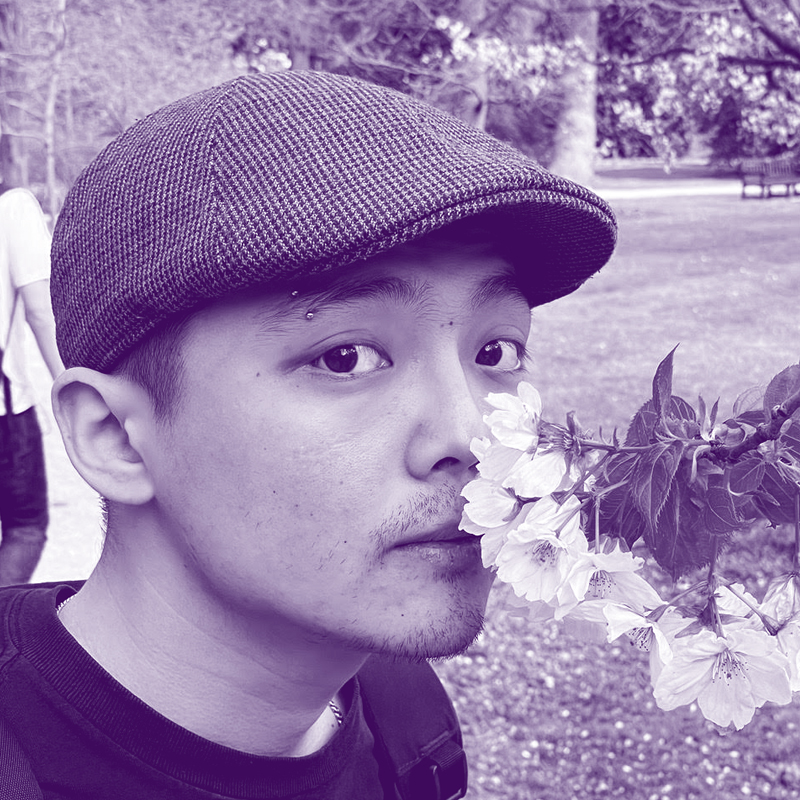
Huati Wulan aka Kwat is a typeface designer from Altay, China. He graduated with a BA in Visual Communication Design at the Central Academy of Fine Arts in Beijing in 2021 and an MA in Typeface Design program at the University of Reading in 2023. He specialised in Arabic typeface design with Chinese and Latin typeface design skills, his research focuses on the modified Arabic script used by Turkic language speakers in Central Asia.
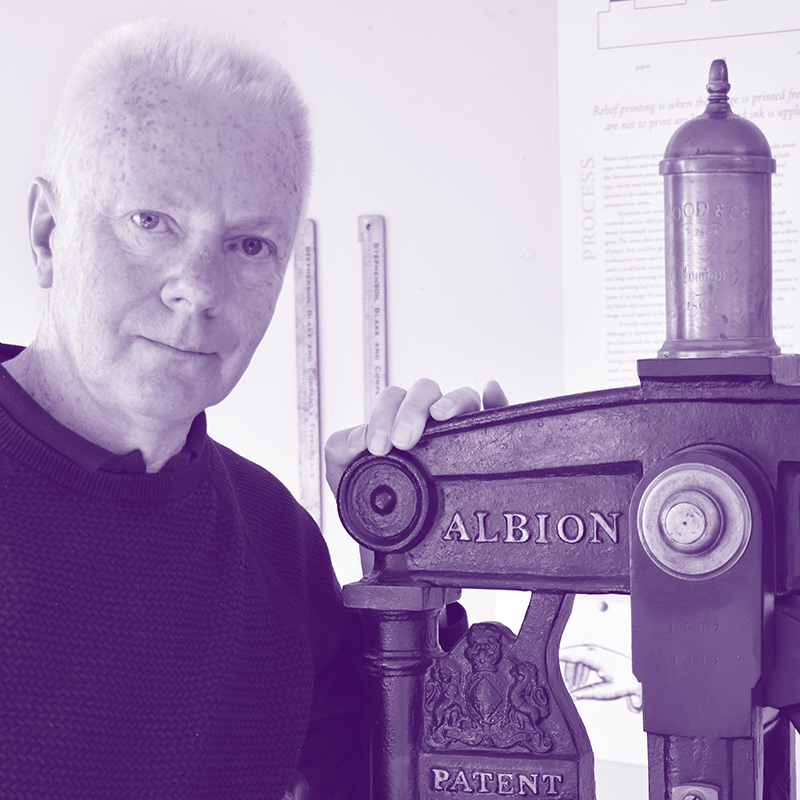
Geoff Wyeth joined the University of Reading in 1992 from the commercial printing industry with a background in print production and management. He has been teaching historic and contemporary printing technologies in the Department of Typography & Graphic Communication since 2016.
Workshops
Arabic script metal types and letterpress printing
This session will begin with a show-and-tell presentation of rare examples of 19th and 20th century Arabic script foundry types in various writing styles and languages. This will be followed by a hands-on demonstration of hand-setting type by holding a composing stick and ultimately going through several steps of letterpress printing using precomposed formes from the Department’s collection.
Printing with lithographic stones
This workshop is a three-process demonstration from preparing/grinding the lithographic stone, producing and establishing text and image using transfer paper or directly onto the stone, and finally, printing from the processed stone. Different processes and materials will be discussed at each stage, especially those used in the nineteenth century and various regions. Participants will be able to closely observe these processes and use drawing materials to make an impression on the lithographic stone.
Typodiversity 1 Contributors:
Website:
Sina Fakour
Translations:
Arabic: Mohamad Dakak
Urdu: Abeera Kamran
Simplified Chinese: Huati Wulan
Typefaces:
DeAetna: Riccardo Olocco, Michele Patanè
Tabrizi Jali: Borna Izadpanah
Amiri: Khaled Hosny
Gulzar: Borna Izadpanah
Noto Serif Simplified Chinese: Adobe Systems Incorporated